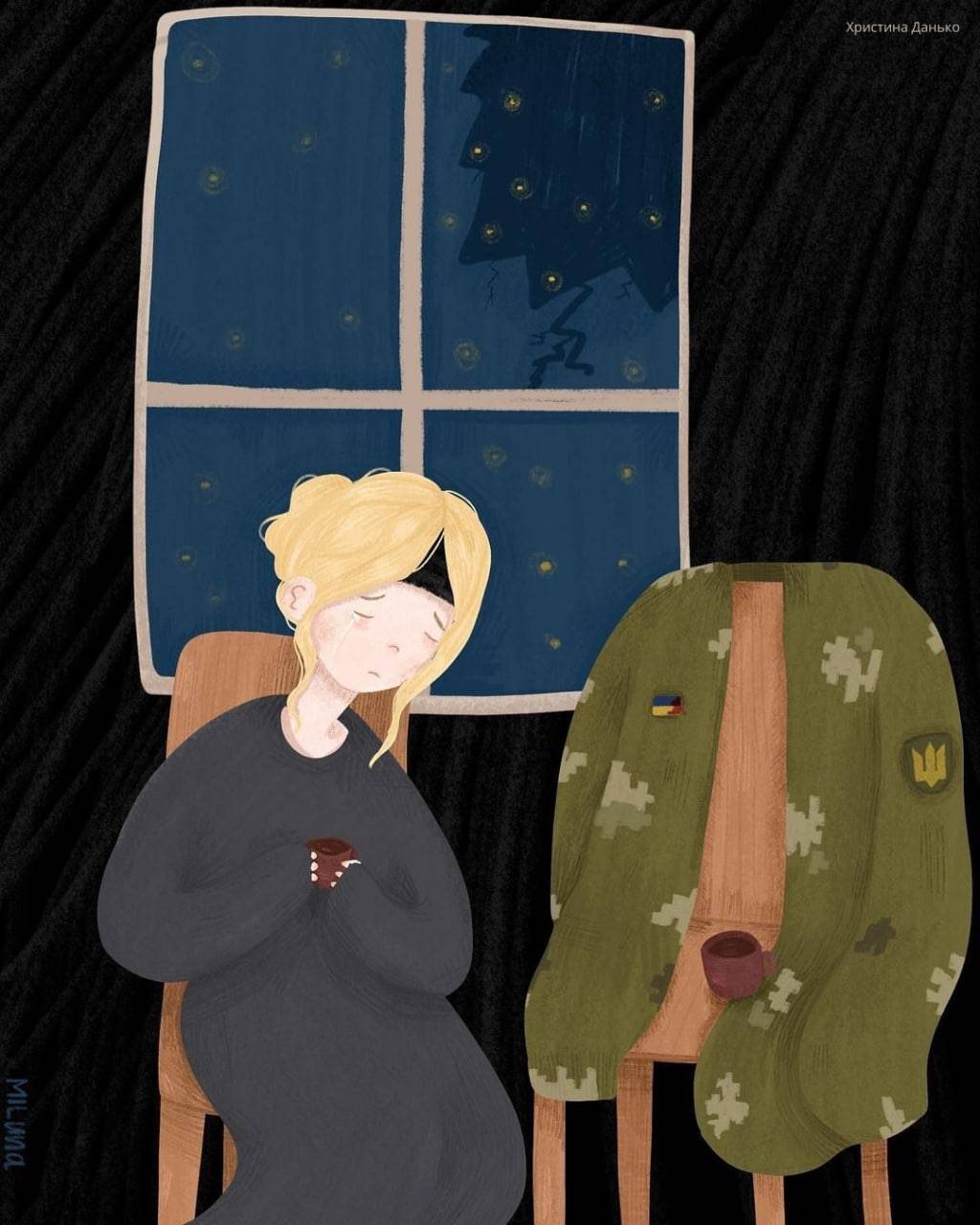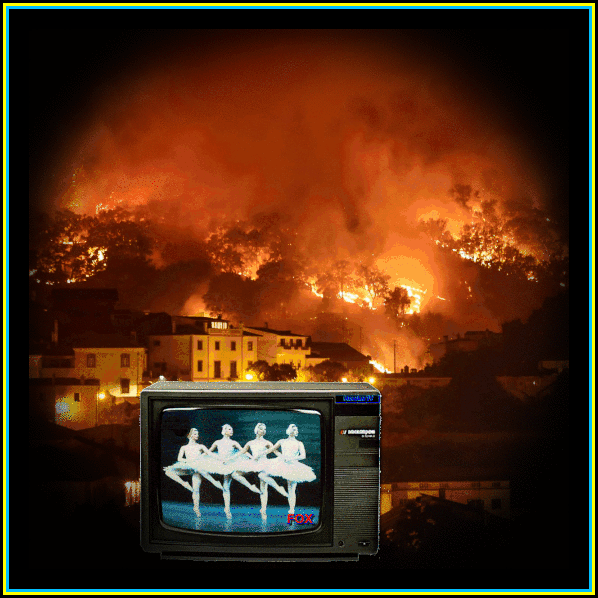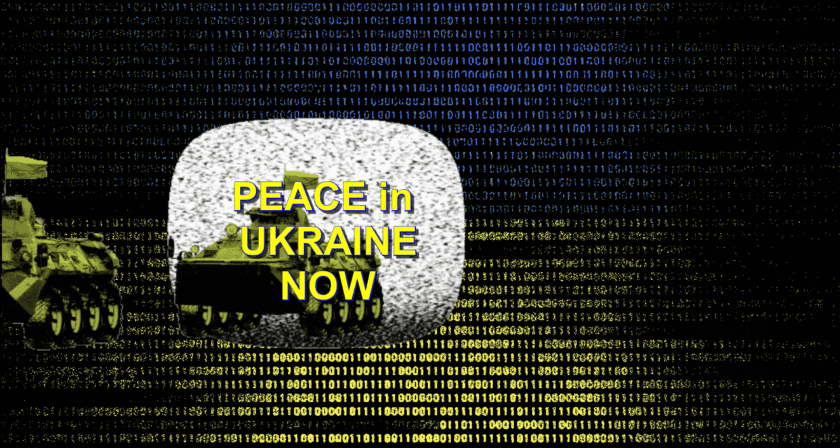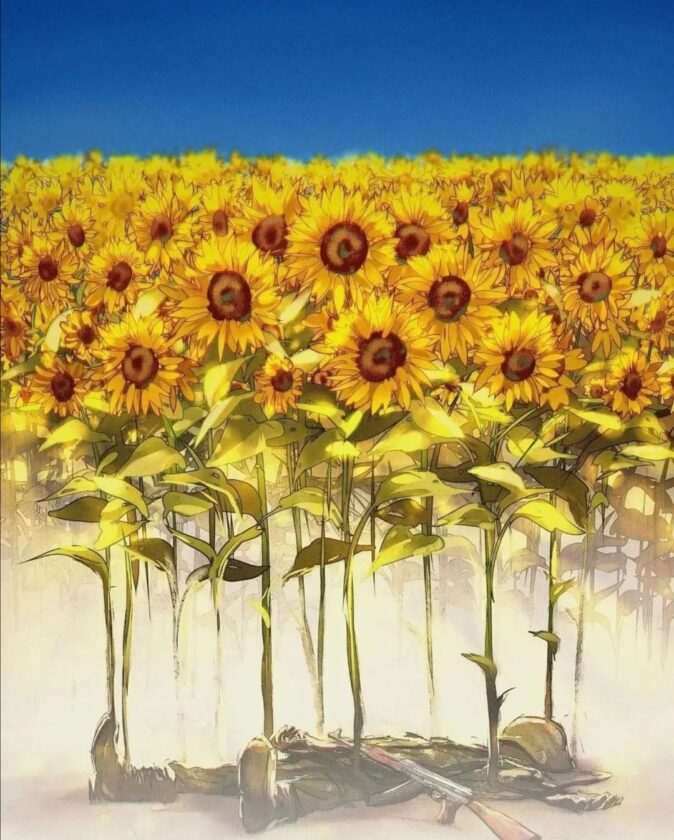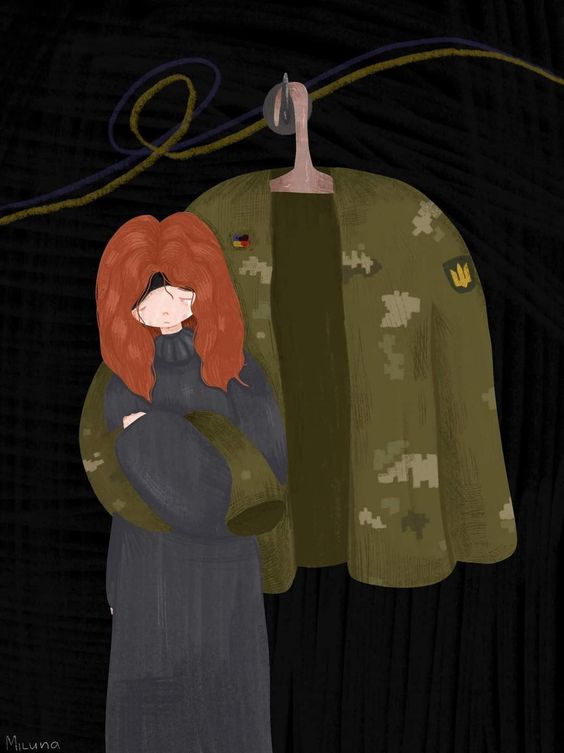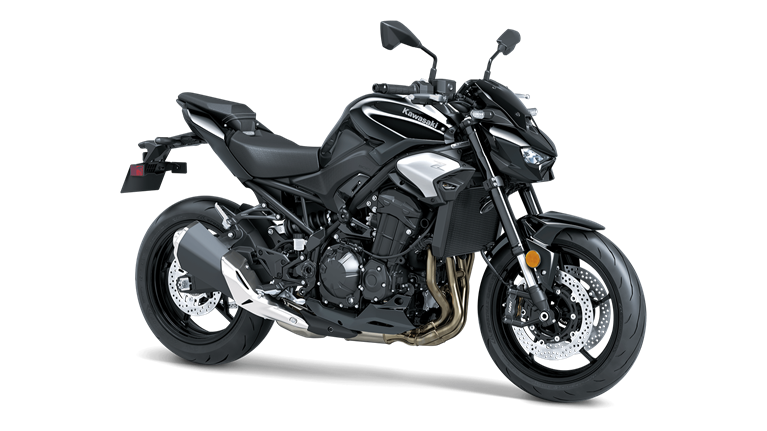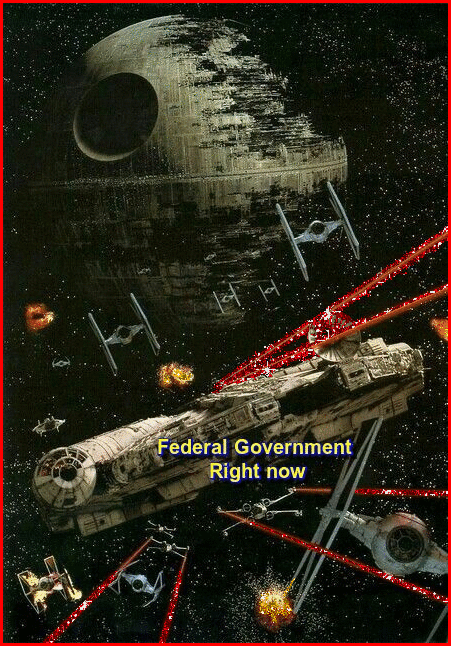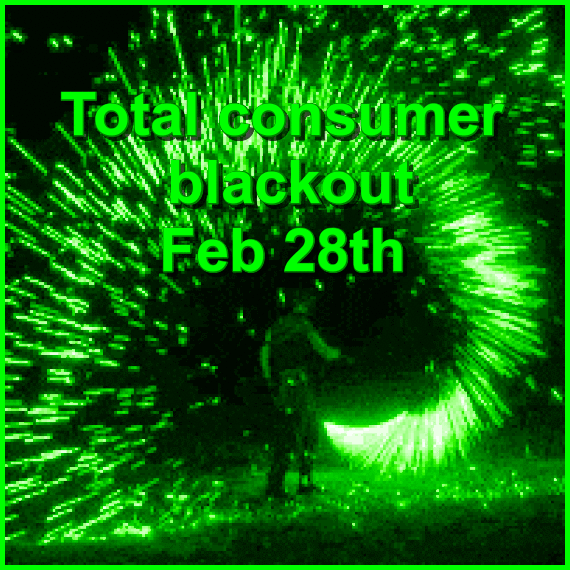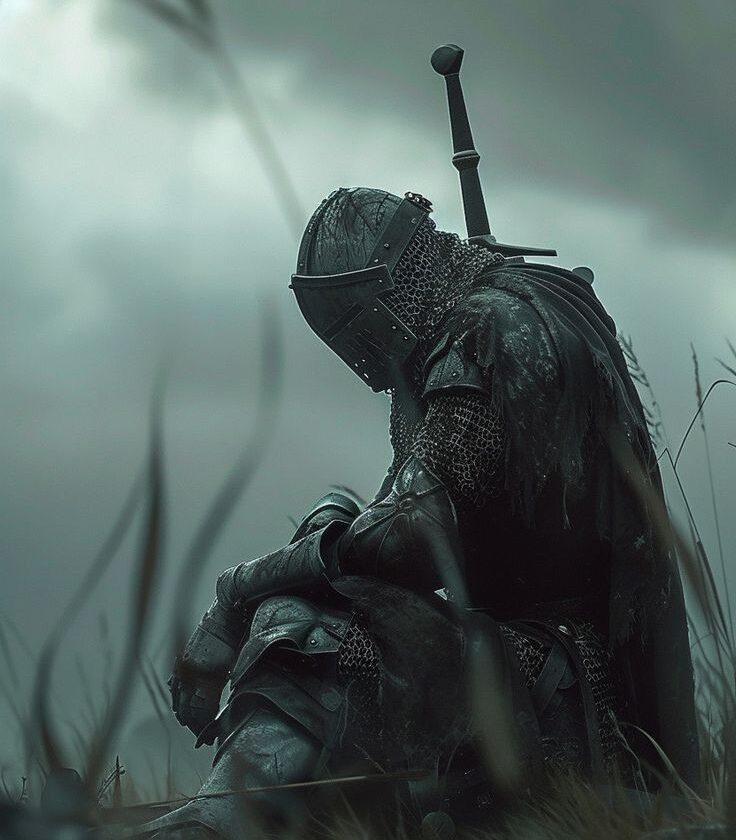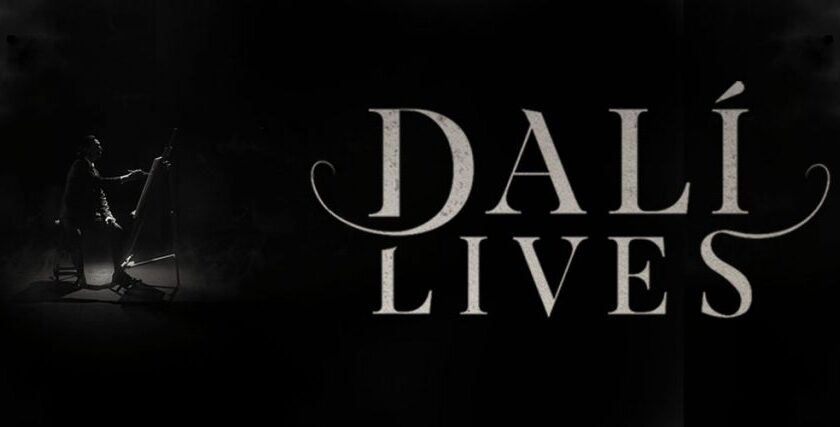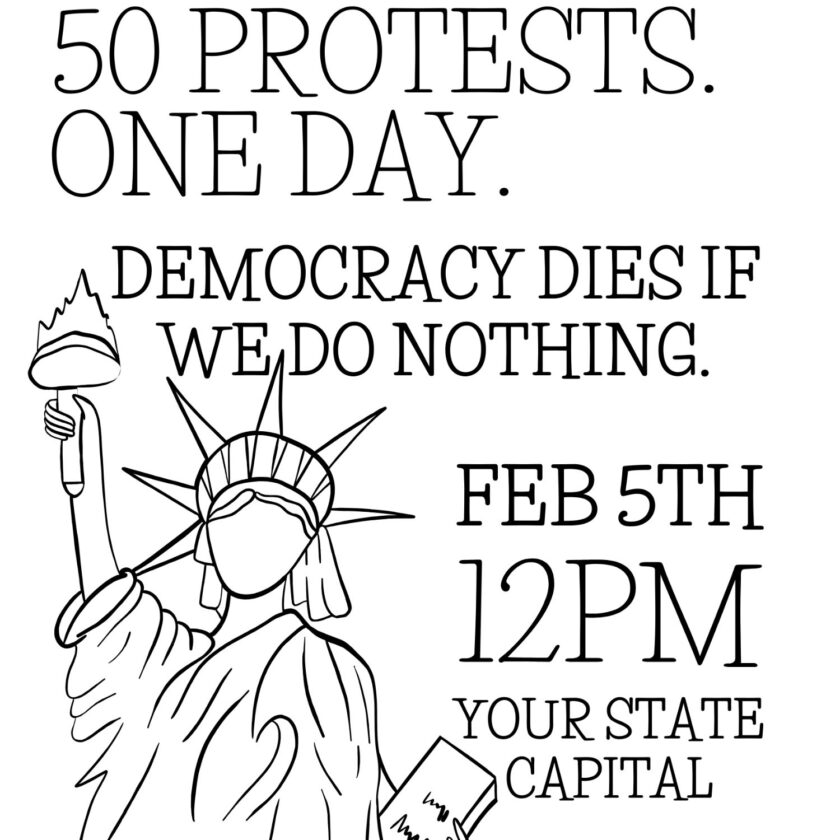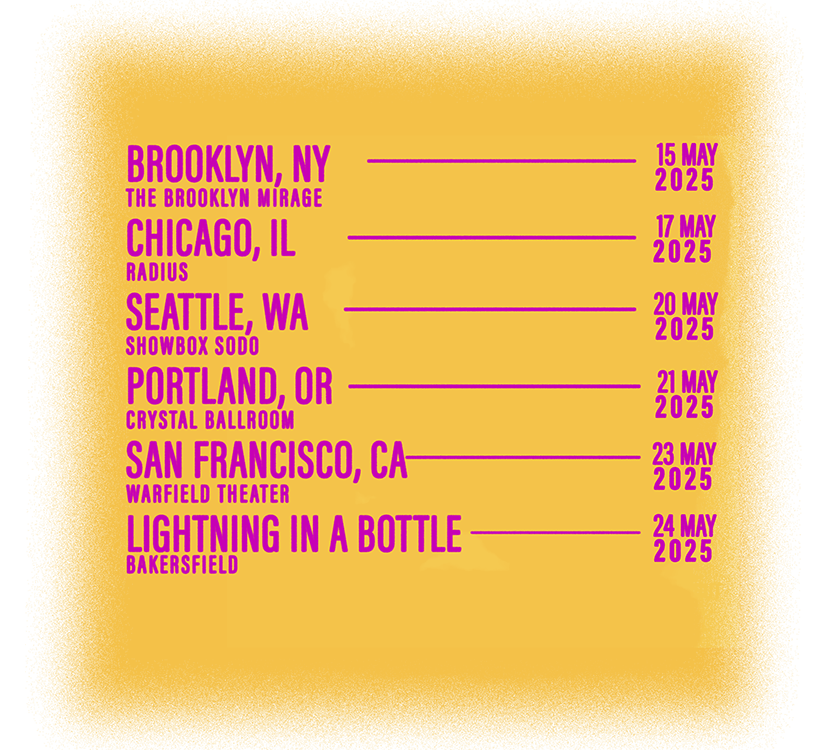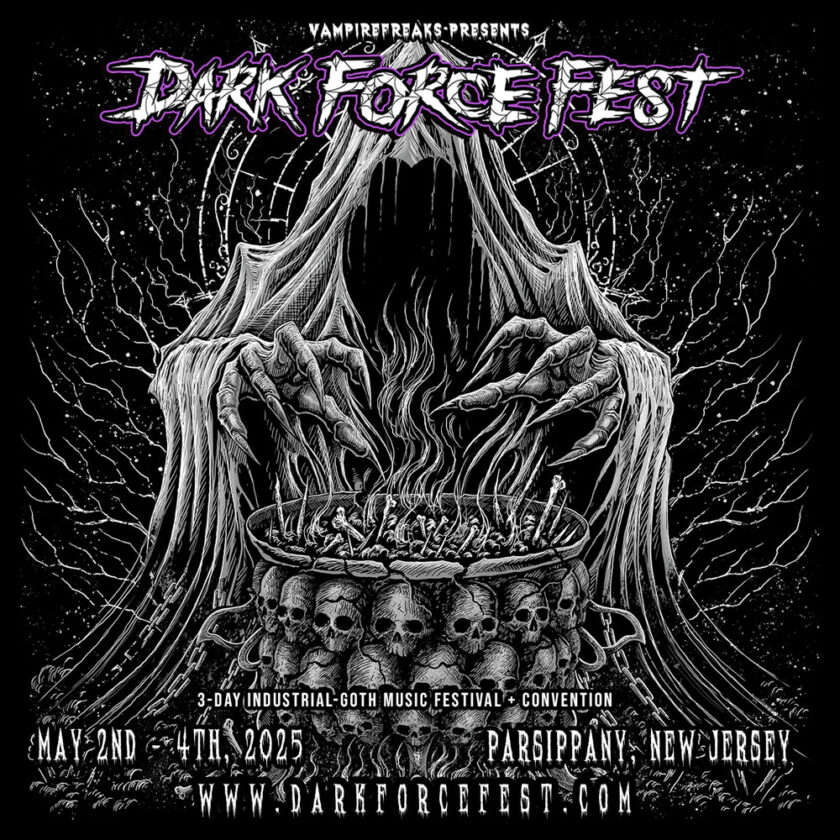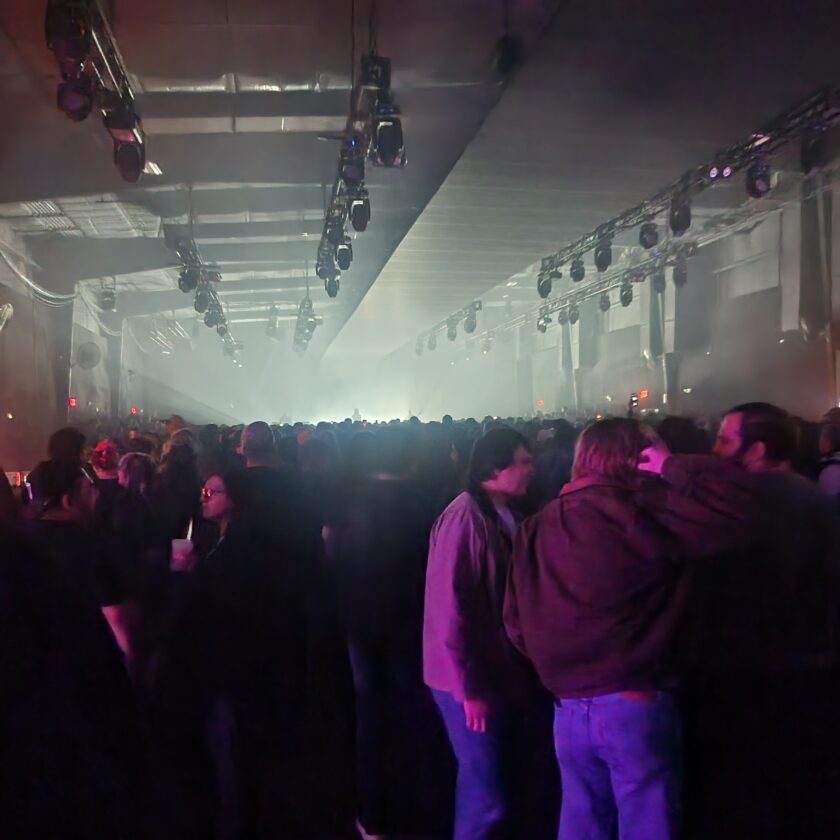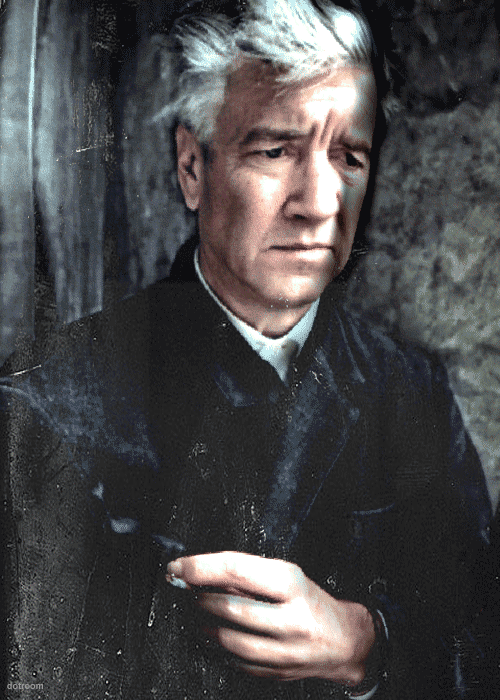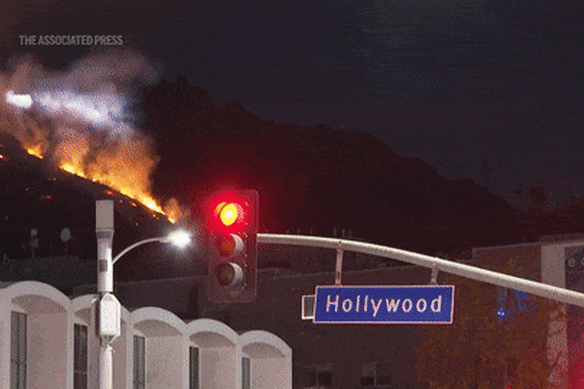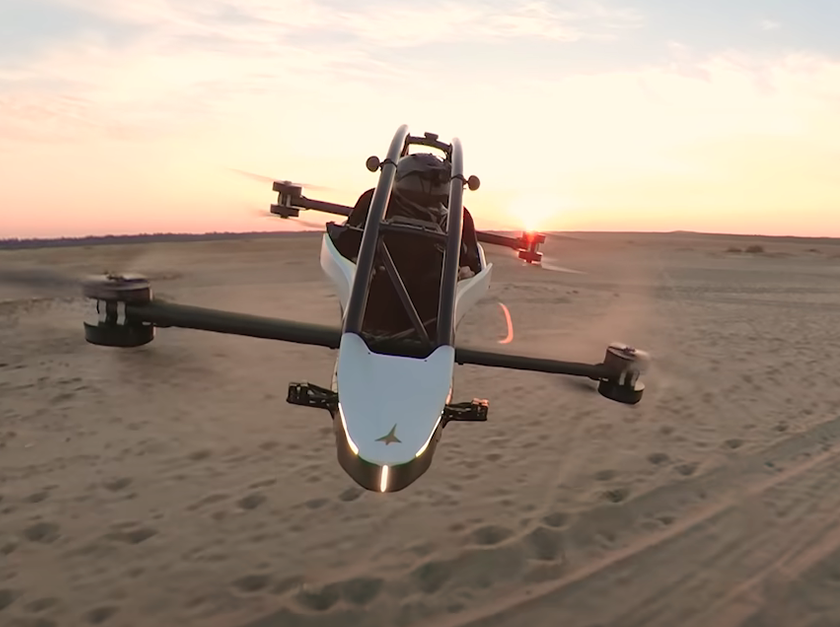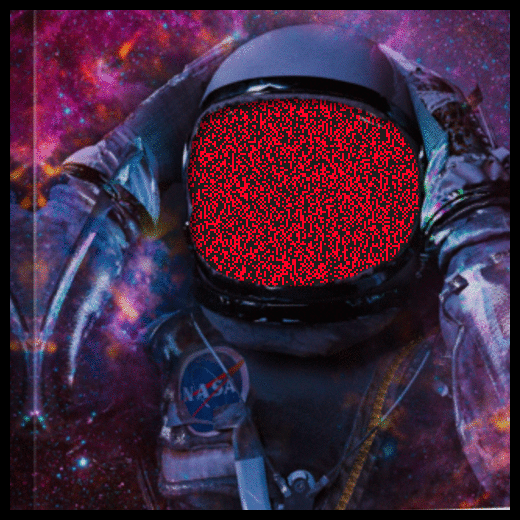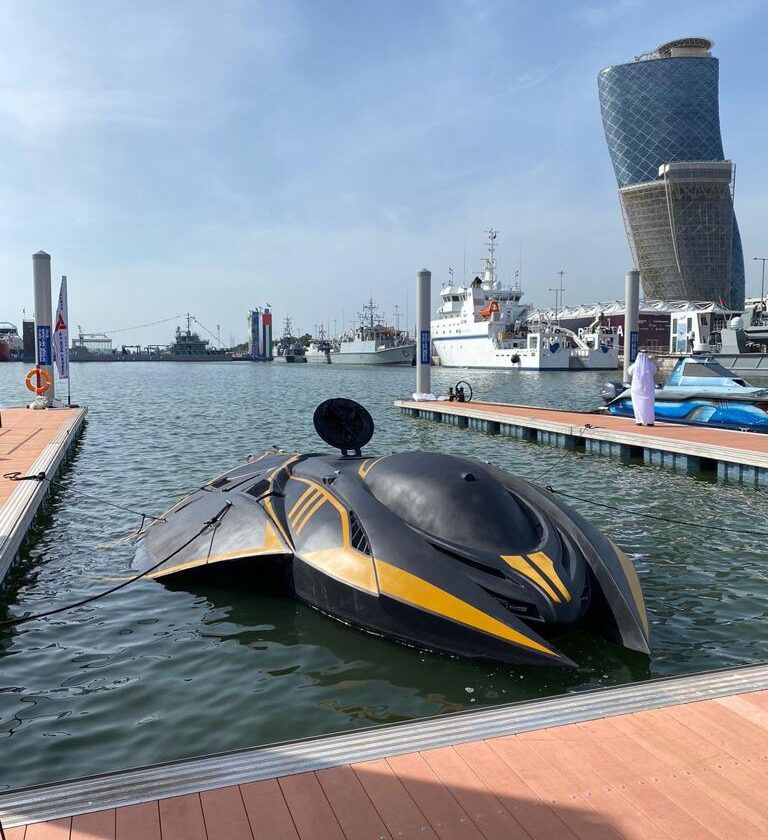Gogol Bordello
“It had become readily apparent to the west that Putin never intended to end negotiations with a compromise about the future of Ukraine. Any pretext that could be created as a prelude to war was done so with the idea that Russia’s superior fire-power would quickly cow the Ukrainian people into submission. But the Ukrainians chose their system of government and their representatives. Ukrainians enjoyed the idea of self-rule. This is because Ukrainian people are some of the bravest and most intelligent citizens of the world. Slava Ukraini!! May the world find a peaceful solution soon. Ukraine deserves peace. Ukraine deserves a place within the European Union and Nato. “
– Artstrada magazine
more
†
“Putin has run multiple stories to his people as to the nature of his attack on the Ukrainian people. There is no alibi he will not push for his genocide and war crimes. He has so immersed himself in his own self-dillusion that he can no longer see his perceived adversaries as human beings. He has lost all humanity. The story below is a time-line of the madness he has plunged the world into.”
– Artstrada Magazine
WORLD NEWS LIVE : PUTIN LAUNCHES ATTACK AGAINST UKRAINE IN BID TO CONTROL IT BEFORE IT SHOULD JOIN NATO
BACK STORY OF A HISTORY OF CONFLICT, GRIEVANCE AND NATIONALISM History of Russia (PARTS 1-5) – Rurik to Revolution
[Day of 2022 invasion] Why are over 150,000 of Russia’s troops currently surrounding Ukraine and why do Russian separatists occupy the Donbas region? What led to the invasion of Crimea? What is the animus that Vladimir Putin has for the Ukrainian government and western values and the NATO alliance? We can understand a little about the mind of this troubled and idiosyncratic leader in his recent writing: Article by Vladimir Putin ”On the Historical Unity of Russians and Ukrainians“ ( Putin Speech ) .
Since this was last posted, the military might of Russia is being used by Putin to crush what he considers a threat to his rule. Reports of casualties are mounting. A decapitation action is moving towards KYIV. The entire world is aligned against Russia in this moment. Trillions of dollars in sanctions are currently underway against the Putin regime. This is Stalin2022 bitches. Visit here for updates and analysis and we will also segue to opposition art movements and statements as well. Peace to Ukraine! Glory to Ukraine!
According to the Organization for Security and Cooperation in Europe (OSCE), Russia has engaged in “massive deportation” of over 1.3 million Ukrainian civilians, potentially constituting crimes against humanity.[487][488] The OSCE and Ukraine have accused Russia of forcibly moving civilians to filtration camps in Russian-held territory, and then into Russia. Ukrainian sources have compared this policy to Soviet-era population transfers and Russian actions in the Chechen War of Independence.[489][490] For instance, as of 8 April, Russia claimed to have evacuated about 121,000 Mariupol residents to Russia.[490] Also, on 19 October, Russia announced the forced deportation of 60,000 civilians from areas around the line of contact in Kherson oblast.[491] RIA Novosti and Ukrainian officials said that thousands were dispatched to various centers in cities in Russia and Russian-occupied Ukraine,[492] from which people were sent to economically depressed regions of Russia.[493] In April, Ukraine’s National Security and Defence Council secretary Oleksiy Danilov said Russia planned to build “concentration camps” for Ukrainians in western Siberia, and that it likely planned to force prisoners to build new cities in Siberia.[494][495][k]
A second refugee crisis created by the invasion and by the Russian government’s suppression of human rights has been the flight of more than 300,000 Russian political refugees and economic migrants, the largest exodus from Russia since the October Revolution of 1917,[497][498] to countries such as the Baltic states, Finland, Georgia, Turkey, and Central Asia.[499][500] By 22 March, it was estimated that between 50,000 and 70,000 high-tech workers had left the country, and that 70,000 to 100,000 more might follow. Fears arose in Russia over the effect of this flight of talent on economic development.[501] Some Russian refugees sought to oppose Putin and help Ukraine from outside their country,[502] and some faced discrimination for being Russian.[503][504] There has also been an exodus of millionaires.[505] On 6 May, The Moscow Times, citing data from the FSB, reported that almost four million Russians had left the country, although this figure included travellers for business or tourism.[506] Russia’s partial mobilization of 300,000 men in September prompted an initial 200,000 more Russians to flee the country,[507] rising to 400,000 by early October, double the number of those conscripted.[508] To facilitate conscription and militarization, on 17 January 2023, Russian authorities re-imposed the Soviet-era Moscow and Leningrad military districts.[509]
“Putin has literally released prisoners as cannon fodder into the battle fields of Ukraine”
-Artstrada magazine
“It CANNOT be overstated, the enormous repercussions resulting from further invasion by the Russian military and mercenaries into Ukraine. We all must #STANDWITHUKRAINE and work towards a diplomatic solution to this diplomatic problem. The lives of Ukrainians and Russians and all of Eastern Europe and the World hang in the balance.” – Artstrada magazine
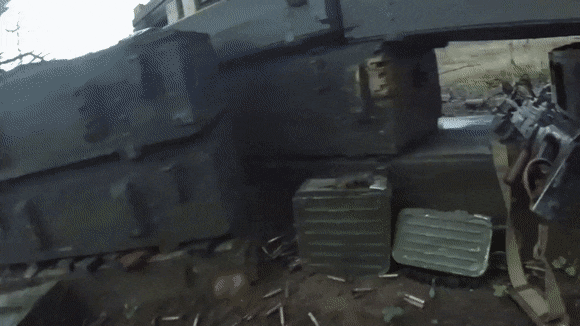
The timeline for the war in Donbas is divided into the some periods listed below.
- Timeline of the war in Donbas (2014)
- Timeline of the war in Donbas (2015)
- Timeline of the war in Donbas (2016)
- Timeline of the war in Donbas (2017)
- Timeline of the war in Donbas (2018)
- Timeline of the war in Donbas (2019)
- Timeline of the war in Donbas (2020)
- Timeline of the war in Donbas (2021)
- Timeline of the war in Donbas (2022)
Diplomacy refers to spoken or written speech acts by representatives of states (such as leaders and diplomats) intended to influence events in the international system.[1][2]
Diplomacy is the main instrument of foreign policy and global governance which represents the broader goals and strategies that guide a state’s interactions with the rest of the world. International treaties, agreements, alliances, and other manifestations of international relations are usually the result of diplomatic negotiations and processes. Diplomats may also help shape a state by advising government officials.
Modern diplomatic methods, practices, and principles originated largely from 17th-century European custom. Beginning in the early 20th century, diplomacy became professionalized; the 1961 Vienna Convention on Diplomatic Relations, ratified by most of the world’s sovereign states, provides a framework for diplomatic procedures, methods, and conduct. Most diplomacy is now conducted by accredited officials, such as envoys and ambassadors, through a dedicated foreign affairs office. Diplomats operate through diplomatic missions, most commonly consulates and embassies, and rely on a number of support staff; term diplomat is thus sometimes applied broadly to diplomatic and consular personnel and foreign ministry officials.[3]
The invasion received widespread international condemnation from governments and intergovernmental organisations, with political reactions including new sanctions imposed on Russia, which triggered widespread economic effects on the Russian and world economies.[510] The European Union and other Western governments financed and delivered humanitarian and military aid to Ukraine. The bloc also implemented various economic sanctions, including a ban on Russian aircraft using EU airspace,[511] a SWIFT ban on certain Russian banks, and a ban on certain Russian media outlets.[512] Reactions to the invasion have varied considerably across a broad spectrum of concerns including public response, media responses, peace efforts, and the examination of the legal implications of the invasion.
The invasion received widespread public condemnation internationally, while in some countries, certain sectors expressed sympathy or outright support for Russia due in part to distrust of US foreign policy.[513] Protests and demonstrations were held worldwide, including some in Russia and parts of Ukraine occupied by Russia.[514] Calls for a boycott of Russian goods spread on social media platforms,[515] while hackers attacked Russian websites, particularly those operated by the Russian government.[516] Anti-Russian sentiment against Russians living abroad surged after the invasion.[517][518]
Peace efforts
Main article: 2022 Russia–Ukraine peace negotiations
Peace negotiations between Russia and Ukraine took place on 28 February,[519] 3 March,[520] and 7 March 2022,[521] in an undisclosed location in the Gomel Region on the Belarus–Ukraine border,[522] with further talks held on 10 March in Turkey prior to a fourth round of negotiations which began on 14 March. The Ukrainian foreign minister Dmytro Kuleba stated on 13 July that peace talks are frozen for the time being.[523] On 19 July, former Russian President and current Deputy head of the Russian Security Council, Dmitry Medvedev, said: “Russia will achieve all its goals. There will be peace – on our terms.”[524] By 29 December, following the Russian annexation of multiple Ukrainian oblasts, hopes for Ukrainian peace talks with Russia dimmed significantly with Russia taking a hardline position that the full Russian occupation of the four oblasts would be non-negotiable under any circumstances.[525] In addition, Zelenskyy announced that Ukraine would not hold peace talks with Russia while Putin was president and signed a decree to ban such talks.[526][527]
A HISTORY OF RUSSIAN EMPIRE
Soviet Union,[m] officially the Union of Soviet Socialist Republics[n] (USSR),[o] was a socialist state that spanned Eurasia during its existence from 1922 to 1991. It was nominally a federal union of multiple national republics;[p] in practice its government and economy were highly centralized until its final years. The country was a one-party state (prior to 1990) governed by the Communist Party of the Soviet Union, with Moscow as its capital within its largest and most populous republic, the Russian SFSR. Other major urban centers were Leningrad (Russian SFSR), Kiev (Ukrainian SSR), Minsk (Byelorussian SSR), Tashkent (Uzbek SSR), Alma-Ata (Kazakh SSR) and Novosibirsk (Russian SFSR). It was the largest country in the world, covering over 22,402,200 square kilometres (8,649,500 sq mi), and spanning eleven time zones.
The Soviet Union had its roots in the October Revolution of 1917 when the Bolsheviks, headed by Vladimir Lenin, overthrew the Provisional Government that had earlier replaced the house of Romanov of the Russian Empire. They established the Russian Soviet Republic, the world’s first constitutionally guaranteed socialist state.[q] Tensions escalated into a civil war between the Bolshevik Red Army and many anti-Bolshevik forces across the former Empire, among whom the largest faction was the White Guard. The White Guard engaged in violent anti-communist repression against the Bolsheviks and suspected worker and peasant Bolsheviks known as the White Terror. The Red Army expanded and helped local Bolsheviks take power, establishing soviets, repressing their political opponents and rebellious peasants through Red Terror. By 1922, the balance of power had shifted and the Bolsheviks had emerged victorious, forming the Soviet Union with the unification of the Russian, Transcaucasian, Ukrainian and Byelorussian republics. Upon the conclusion of the civil war Lenin’s government introduced the New Economic Policy, which led to a partial return of a free market and private property; this resulted in a period of economic recovery.
Following Lenin’s death in 1924, Joseph Stalin came to power.[8] Stalin suppressed all political opposition to his rule inside the Communist Party and inaugurated a command economy. As a result, the country underwent a period of rapid industrialization and forced collectivization, which led to significant economic growth, but also led to a man-made famine in 1932–1933. The Gulag labour camp system was also expanded in this period. Stalin also fomented political paranoia and conducted the Great Purge to remove his actual and perceived opponents from the Party through mass arrests of military leaders, Communist Party members, and ordinary citizens alike, who were then sent to correctional labor camps or sentenced to death.
On 23 August 1939, after unsuccessful efforts to form an anti-fascist alliance with Western powers, the Soviets signed a non-aggression pact with Nazi Germany. After the start of World War II, the formally neutral Soviets invaded and annexed territories of several Eastern European states, including the eastern regions of Poland, Lithuania, Latvia and Estonia. In June 1941 the Germans invaded, opening the largest and bloodiest theater of war in history. Soviet war casualties accounted for the majority of Allied casualties of the conflict in the process of acquiring the upper hand over Axis forces at intense battles such as Stalingrad. Soviet forces eventually captured Berlin and won World War II in Europe on 9 May 1945. The territory overtaken by the Red Army became satellite states of the Eastern Bloc. The Cold War emerged in 1947, where the Eastern Bloc confronted the Western Bloc, which would unite in the North Atlantic Treaty Organization in 1949.
Following Stalin’s death in 1953, a period known as de-Stalinization and the Khrushchev Thaw occurred under the leadership of Nikita Khrushchev. The country developed rapidly, as millions of peasants were moved into industrialized cities. The USSR took an early lead in the Space Race with the first ever satellite and the first human spaceflight and the first probe to land on another planet, Venus. In the 1970s, there was a brief détente of relations with the United States, but tensions resumed when the Soviet Union deployed troops in Afghanistan in 1979. The war drained economic resources and was matched by an escalation of American military aid to Mujahideen fighters.
In the mid-1980s, the last Soviet leader, Mikhail Gorbachev, sought to further reform and liberalize the economy through his policies of glasnost and perestroika. The goal was to preserve the Communist Party while reversing economic stagnation. The Cold War ended during his tenure and in 1989, Warsaw Pact countries in Central and Eastern Europe overthrew their respective Marxist-Leninist regimes. Strong nationalist and separatist movements broke out across the USSR. Gorbachev initiated a referendum—boycotted by Lithuania, Latvia, Estonia, Armenia, Georgia, and Moldova — which resulted in the majority of participating citizens voting in favor of preserving the Union as a renewed federation. In August 1991, a coup d’état was attempted by Communist Party hardliners. It failed, with Russian President Boris Yeltsin playing a high-profile role in facing down the coup. The main result was the banning of the Communist Party. The republics, led by Russia and Ukraine, declared independence. On 25 December 1991, Gorbachev resigned. All the republics emerged from the dissolution of the Soviet Union as independent post-Soviet states. The Russian Federation (formerly the Russian SFSR) assumed the Soviet Union’s rights and obligations and is recognized as its continued legal personality in world affairs.
The Soviet Union produced many significant social and technological achievements and innovations regarding military power. It boasted the world’s second-largest economy and the largest standing military in the world.[6][9][10] The USSR was recognized as one of the five nuclear weapons states. It was a founding permanent member of the United Nations Security Council as well as a member of the OSCE, the WFTU and the leading member of the Council for Mutual Economic Assistance and the Warsaw Pact.
Before its dissolution, the USSR had maintained its status as a world superpower, alongside the United States, for four decades after World War II. Sometimes also called “Soviet Empire“, it exercised its hegemony in East-Central Europe and worldwide with military and economic strength, proxy conflicts and influence in developing countries and funding of scientific research, especially in space technology and weaponry.[11][12]
“Fifty years ago, the streets of Leningrad taught me one thing: If a fight’s inevitable, you must strike first,”
– Vladimir Putin
NBC News
War in Ukraine through visual arts: when a picture is worth a thousand words
“Want to go fight for Ukraine? Here’s what to do.” – military times
Apply to the Embassy of Ukraine in your country with the intention of joining the Foreign Legion of Territorial Defense of Ukraine (ask a military diplomat or consul for details). Applicants can visit the Embassy in person, call or send an email to start the process.
Get your documents in order. This includes an ID, a passport to travel abroad, documents confirming military service or work with law enforcement agencies and participation in combat.
Arrive at the embassy with documents for an interview with the defense attaché and the settlement of any visa issues with the consul.
Write an application for enlistment in the Territorial Defense of the Armed Forces of Ukraine for military service under a contract on a voluntary basis. (This is in addition to Step 1.)
Receive instructions on how to arrive in Ukraine and what to bring. Military clothing, equipment, helmet, body armor, combat gloves, tactical glasses, belts and vests are recommended. “It is not obligatory,” the official said, “but a foreign soldier in his national uniform looks good for the International Legion.”
Go to Ukraine in an organized manner. Representatives of Ukrainian embassies, consulates (abroad) and Territorial Defense in Ukraine will provide assistance on the way. Contacts will be provided at the Embassy of Ukraine in your country.
….we all need to be very sober here. in recognizing that this is combat, and combat is ugly, it’s messy, it’s bloody, and it’s not wholly predictable.
– military times
HOW YOU CAN HELP
Volunteer Organizations
Armiya SOS – procurement of necessary military ammunition, means of protection, communications and intelligence, food and uniform, as well as their delivery directly to front line.
Charitable Fund for helping the army “Come Back Alive” – work with officer corps and personnel of military units and control of the delivery of equipment from warehouse to soldiers. Purchase of infrared thermal imaging cameras, night vision goggles, haemostatic medications, and other necessary things for the army.
Volunteer Association “Anyone Can Help”– provision of assistance to displaced persons, aid to the victims in the ATO zone (wounded, tortured) and the families of victims; humanitarian aid delivered to the ATO zone (food, clothing, household necessities, medications); helping the most vulnerable social groups deprived of attention as a result of hostilities (children in orphanages, homes for elderly people, rehabilitation centers, etc.)
Alight: Alight has a rapid response team in Poland helping Ukrainians headed there. “If Ukrainian families can’t go home, Alight will help them to find peace and safety wherever they shelter,” Alight CEO Jocelyn Wyatt said via a press release. “We’re listening to what they need right now, and we’re working to make sure they have all the essentials.” Info: wearealight.org
Baptists on Mission: The NC-based group has long worked with Ukrainian groups, including in the Carpathian region since 2008 with the Roma Partnership. The groups are providing temporary housing for displaced families and food and supplies to families in Ukraine. Baptists on Mission is accepting monetary donations so that they can supply non-perishable food, toiletries, sleeping bags, mattresses, blankets and other essential needs for temporary housing. Give online at baptistsonmission.org/ukraine-crisis/donations or by check: Baptists on Mission, P. O. Box 1107, Cary, NC 27512. Memo: Ukraine Crisis ▪
CARE: CARE is working with People In Need as their local European partner. “Give now to rush urgently needed water, food, hygiene kits, and ongoing support in Ukraine,” the website says. Info: care.org and peopleinneed.net ▪ Doctors Without Borders: “Access to health care remains limited for people living along the contact line of the conflict in eastern Ukraine, which has been ongoing since 2014,” the website says. Doctors Without Borders provides physical care, focusing on HIV and COVID treatment and prevention, and basic mental health care is offered to patients, too. Info: doctorswithoutborders.org
GoFundMe: GoFundMe.org, an independent nonprofit that works closely with GoFundMe, established a Ukraine Humanitarian Fund. The nonprofit is working with many groups, including the U.S. Department of State and Global Giving, to identify organizations providing effective relief to those currently impacted by this crisis, according to a press release, and GoFundMe is verifying each fundraiser. Info: gofundme.com/c/act/donate-to-ukraine-relief
International Medical Corps: Your donation can help expand access to medical and mental health services for those living in impacted communities, the website says. Info: internationalmedicalcorps ▪ Nova Ukraine: This is a nonprofit organization “dedicated to raising awareness about Ukraine in the US and throughout the world and providing humanitarian aid to Ukraine,” the website says. Along with monetary donations, this organization is also asking for people to volunteer their time with projects like creating infographics and fundraisers. Info: novaukraine.org ▪
The Ukrainian Red Cross: “All funds will be used to help those in need, affected by armed conflict, blood collection, mobilization of volunteers and resources, and emergency activities,” the website says. Info: redcross.org.ua/en/donate ▪
UNICEF: ““UNICEF is deeply concerned that intensifying hostilities in Ukraine pose an immediate threat to the lives and wellbeing of the country’s 7.5 million children,” Executive Director Catherine M. Russell said through a spokesperson. “Unless the fighting subsides, tens of thousands of families could be forcibly displaced, dramatically escalating humanitarian needs.” Info: unicefusa.org/helpukraine ▪
UNHCR: The Office of the United Nations High Commissioner for Refugees (UNHCR) is also known as the UN Refugee Agency. “You can help ensure that families fleeing violence around the world know they are not alone at the most devastating moment of their lives,” the website says. Info: give.unrefugees.org
Big Think
Timestamps: 00:00:00 — Opening Words 00:01:55 — What Am I Covering? 00:02:53 — GROUND NEWS 00:04:27 — The War and Way Forward 00:04:44 — A War of Position 00:06:13 — Look at the Map! 00:07:40 — How Do You Win? 00:08:23 — Sanctions & the Economy 00:08:50 — The Opening Punch 00:10:37 — Adaptation & The Energy Dividend 00:12:31 — Where Are We Now? (Officially) 00:13:39 — Where Are We Now? (Actually) 00:15:43 — Statistics & Economics Intelligence 101 00:18:57 — A Moment for Perspective 00:21:21 — Import Substitution & Demand 00:24:26 — Capital Flight 00:26:24 — Stimulus & Reserves 00:29:12 — What Next? 00:30:34 — Europe, Ukraine & The USA 00:30:48 — Ukraine: The War Economy 00:33:14 — USA: Uncomfortable But Dominant 00:34:53 — Europe: Holding in There 00:36:32 — The Energy War 00:36:54 — Exposed Continent 00:38:22 — Nervous Beginnings 00:39:43 — Sanctions: Shots Fired 00:40:59 — The Squeeze 00:42:19 — European Response 00:45:27 — Responses & Options 00:50:19 — Russian Oil in the Crosshairs 00:54:17 — The Limits of Coercion 00:58:33 — The Political Dimension 01:00:33 — Political Dimension: EU 01:01:56 — EU Approval Survey 01:02:33 — Importance of UE Membership Survey 01:03:26 — Citizens’ Positive Image of the EU Survey 01:04:03 — European Support for Staying the Course 01:05:56 — Sharp Decline in Favourable Views of Russia 01:08:08 — American are Hawkish 01:11:38 — Ukraine & The Will to Resist 01:13:47 — Ukrainian Determination 01:17:00 — The Fight Will Go On 01:18:24 — Conclusions 01:19:59 — Channel Update
FRONTLINE PBS
- List of interstate wars since 1945
- Outline of the Russo-Ukrainian War
- List of invasions and occupations of Ukraine
- 2022 in Russia
- List of ongoing armed conflicts
- List of wars between Russia and Ukraine
- Post-Soviet conflicts
- 2022 in Ukraine


